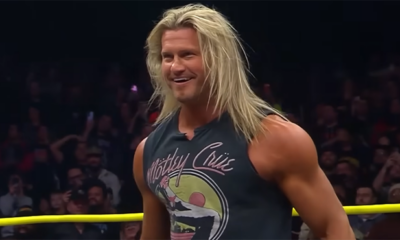Hall of Fame inductee Sean Waltman, also known as XPac, recently opened up about his prestigious tenure with two of the most iconic factions in pro wrestling history – nWo and DGeneration X. In a conversation with Dr. Beau Hightower, Waltman reflected on the unique experiences and subsequent influence of both groups in the world of wrestling and popular culture.
Waltman’s legacy in wrestling aligns closely with nWo and DX, having been inducted into the WWE Hall of Fame on two separate occasions thanks to his influential role in both factions. When asked to differentiate the experiences and favor one over the other, the prolific wrestler shared insightful details.
“When somebody asks me what my favorite was, I say DX because I had the most fun there and made the most money,” Waltman expressed. “We were crushing it, right? Everything was amazing. But longevity-wise, it’s tough because, nWo – you still see those shirts everywhere.”
The reference to the persistent influence of nWo in today’s pop culture is indeed noteworthy. However, Waltman also highlighted the ongoing relevance of DX gestures in the world of sport and entertainment, pointing out that UFC fighter Derrick Lewis recently performed the famous crotch chop DX pose after a victorious match.
Waltman acknowledged his significant fortune of being affiliated with both nWo and DX, stables that defined not only the Monday Night Wars but continue to mold pop culture globally to this day. The wrestler was not a founding member of either faction but made remarkable contributions, with his move from nWo to DX in early 1998 seen as pivotal in WWE winning the rating war.
He returned to WWE as XPac the night after WrestleMania XIV, filling the gaping void left by the injured Shawn Michaels. His notorious shoot promo addressed Eric Bischoff and Hulk Hogan on live TV, claiming that his friends were “being held hostage” in WCW. This defining moment was a watershed in wrestling history and embodies Waltman’s inimitable career in the sport. His recent reflections serve as a valuable commentary on the far-reaching influence of wrestling stables in and beyond the ring.











